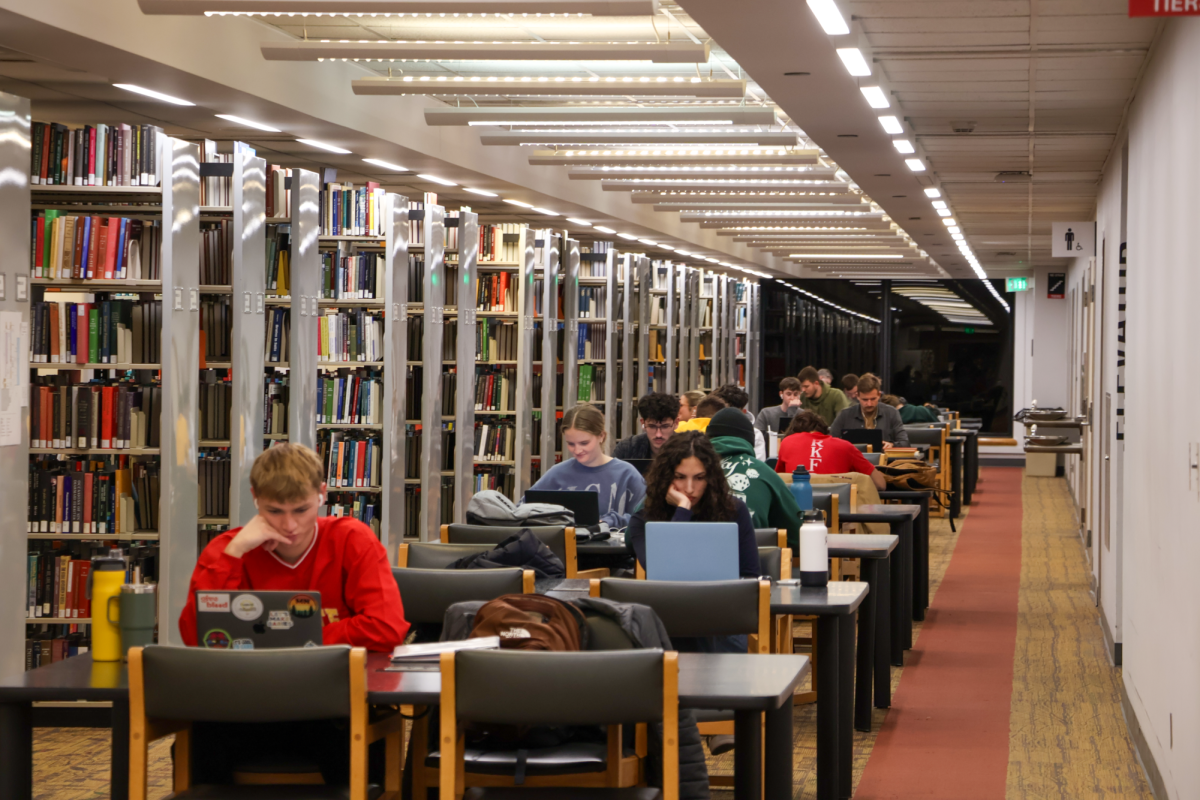Report says Syrian crackdown amounts to crimes against humanity
November 11, 2011
The Syrian government’s “systematic” crackdown on civilians amounts to crimes against humanity, Human Rights Watch said in a report issued Friday.
The watchdog group has already urged the Arab League to press President Bashar al-Assad’s government to allow human rights monitors into the country. Now, it is urging the Arab League, which has called an emergency meeting in Cairo on Saturday, to suspend Syria’s membership and to ask the United Nations Security Council to impose sanctions.
It also said Syria should be referred to the International Criminal Court in The Hague, Netherlands.
Human Rights Watch highlighted what it called “the systematic nature of abuses against civilians” by the Syrian regime, “including torture and unlawful killings.”
It based its 63-page report on more than 110 interviews with victims and witnesses from the besieged city and governorate of Homs, which has emerged as the center of the months-long uprising.
The death toll climbed again on Friday as the Local Coordinating Committee, a network of opposition groups, reported violent clashes across Syria. It said 26 people were killed, 13 in Homs. The London-based Syrian Observatory for Human Rights reported 15 deaths, 10 in Homs.
CNN is unable to confirm information from Syria since the government has limited access to the country by international reporters.
The state-run SANA news agency said two members of the Syrian security forces were killed Friday in Homs. It blamed gunfire from “terrorist groups,” as it has in the past.
Human Rights Watch said Syrian security forces have killed 104 people (not including Friday’s deaths) in Homs since November 2, when al-Assad agreed to abide by an Arab League proposal to halt all violence, release all detainees, withdraw all armed elements from populated areas and allow unfettered access to the nation by journalists and Arab League monitors.
But none of that has happened, according to the daily reports streaming out of Syria.
“Homs is a microcosm of the Syrian government’s brutality,” said Sarah Leah Whitson, Middle East director at Human Rights Watch. “The Arab League needs to tell President al-Assad that violating their agreement has consequences, and that it now supports Security Council action to end the carnage.”
Human Rights Watch focused on security force violations from mid-April to the end of August. In that time, security forces killed at least 587 civilians in Homs, the highest number of casualties for any single governorate, the report said.
One woman who protested in Homs’ Bab Dreib neighborhood with her 3-year-old on August 15 described to Human Rights Watch how civilians came under attack.
“We went out in a peaceful protest with the whole family about 10:30 or 11 p.m. It was calm, so everything seemed OK,” she said.
“Then, two cars showed up suddenly and opened fire, targeting people even as they were ducking and lying on the ground. They were white Kia Cerato cars with tinted windows, like those used by Air Force intelligence. The guns were machine guns. My husband leaned over our son to protect him, but the bullet entered our boy’s stomach. The doctors were able to remove the bullet, but it left a lot of damage.”
Human Rights Watch also spoke to 25 former detainees who said they had been tortured in custody. They described various methods, including heated metal rods, electric shocks and being forced into stress positions for hours or days at a time.
“They brought me into what felt like a big room with lots of people inside,” said one detainee at a military intelligence base in Homs.
“They beat [me] with cables and then hanged me by my hands from a pipe under the ceiling so that my feet weren’t touching the floor,” the man said.
“I was hanging there for about six hours, although it was hard to tell the time. They were beating me, and pouring water on me, and then using electric stun guns. For the night, they put me into a cell, about 3-by-3 meters, along with some 25 other detainees. We were all squeezed together. Next morning, they brought me in for another interrogation. This time, they “folded” me, pushed my legs and head into a tire, flipped me on my back, and started flogging the soles of my feet.”
Human Rights Watch said detainee torture was becoming rampant in Homs and the group said it is especially troubled by people dying in custody. Of the 17 deaths in custody the group has been able to document in Homs, 12 were a result of torture, it said.
The United Nations said earlier this week that about 3,500 people have been killed since the start of the Syrian uprising eight months ago.
Syrian authorities have repeatedly blamed the violence in Homs on armed terrorist groups.
Human Rights Watch addressed that claim in its report, saying that “protesters appear to have been unarmed in most incidents … but armed defectors from security forces did intervene on some occasions after protesters came under fire from security forces.”
That statement was based on what Homs residents told the group about an increase in army defectors who sometimes picked up their weapons to protect civilians.
The report also noted that residents in some Homs neighborhoods have started to organized in local defense committees that often have firearms or even rocket-propelled grenades.
“Violence by protesters or defectors deserves further investigation,” Human Rights Watch said. “However, these incidents by no means justify the disproportionate and systematic use of lethal force against demonstrators, which clearly exceeded any justifiable response to any threat presented by overwhelmingly unarmed crowds. Nor would the existence of armed elements in the opposition justify the use of torture and arbitrary, incommunicado detention.”






